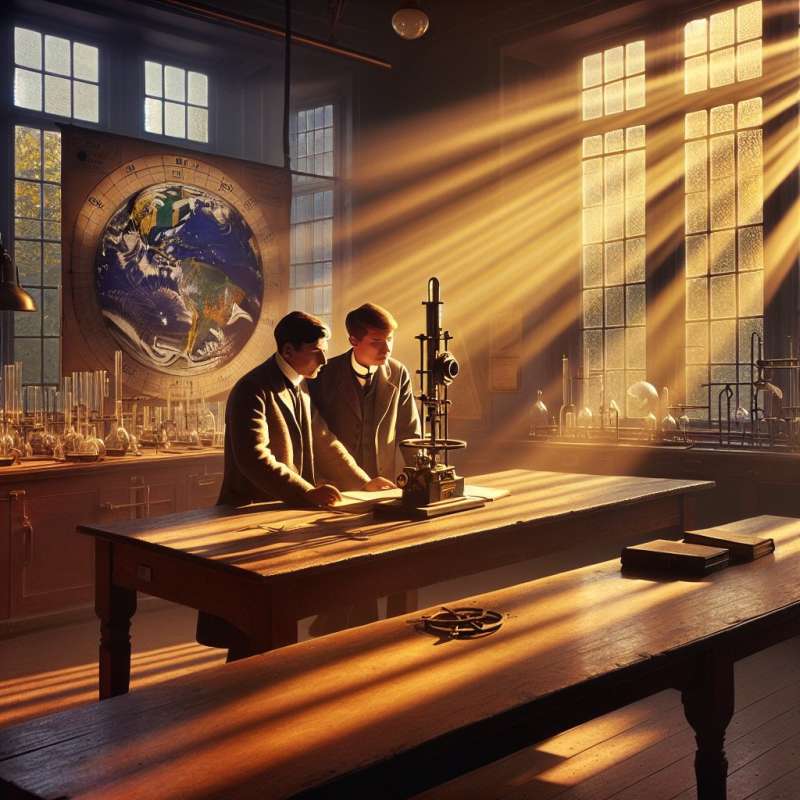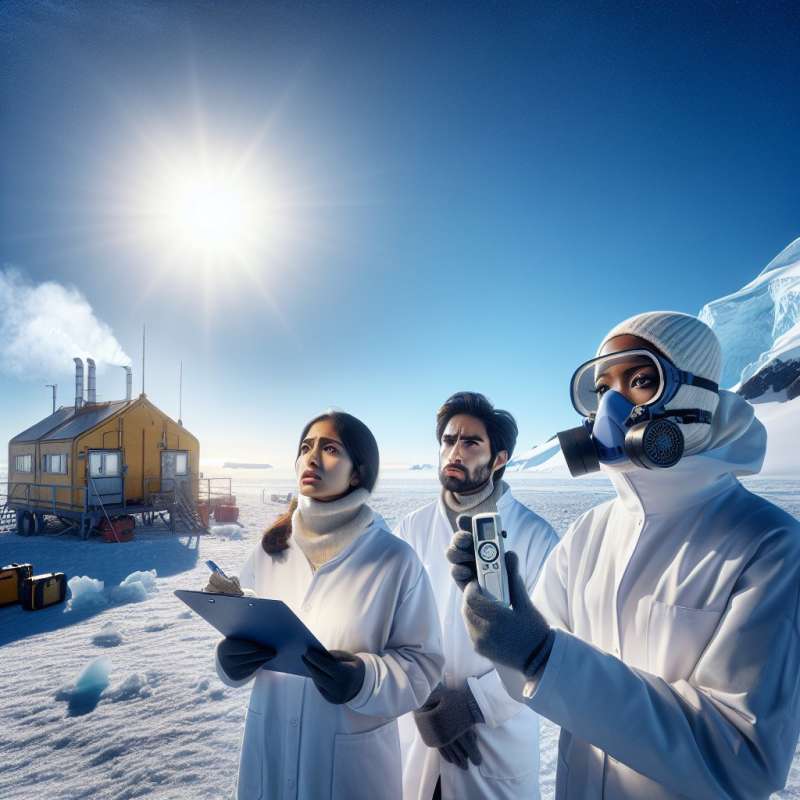
Ozone Layer Introduction
The ozone layer is a high-altitude stratospheric zone rich in ozone molecules. It absorbs most of the Sun's harmful ultraviolet radiation, shielding all life on Earth.
Discovery of Ozone Layer
French physicists Charles Fabry and Henri Buisson discovered the ozone layer in 1913. They used the spectrometer to demonstrate its protective role against UV radiation.
Ozone Molecule Chemistry
An ozone (O3) molecule consists of three oxygen atoms. It forms when ultraviolet light strikes O2 molecules, splitting them into individual oxygen atoms that recombine with O2.
Ozone Hole Discovery
The Antarctic ozone hole was discovered in 1985 by British scientists J. Farman, B.G. Gardiner, and J.D. Shanklin, revealing significant ozone depletion.
CFCs and Ozone Depletion
Chlorofluorocarbons (CFCs), once used in aerosols, contribute to ozone depletion. They release chlorine atoms in the stratosphere, which catalyze the breakdown of ozone molecules.
Montreal Protocol Impact
The 1987 Montreal Protocol successfully phased out CFC production. This international treaty is healing the ozone layer, with full recovery expected by 2050.
Ozone Layer and Climate
Recent studies suggest the ozone layer affects climate. Its recovery may influence weather patterns, demonstrating complex interactions between atmospheric chemistry and climate systems.
What does the ozone layer absorb?
Sun's infrared radiation
Sun's ultraviolet radiation
Sun's visible light
Company